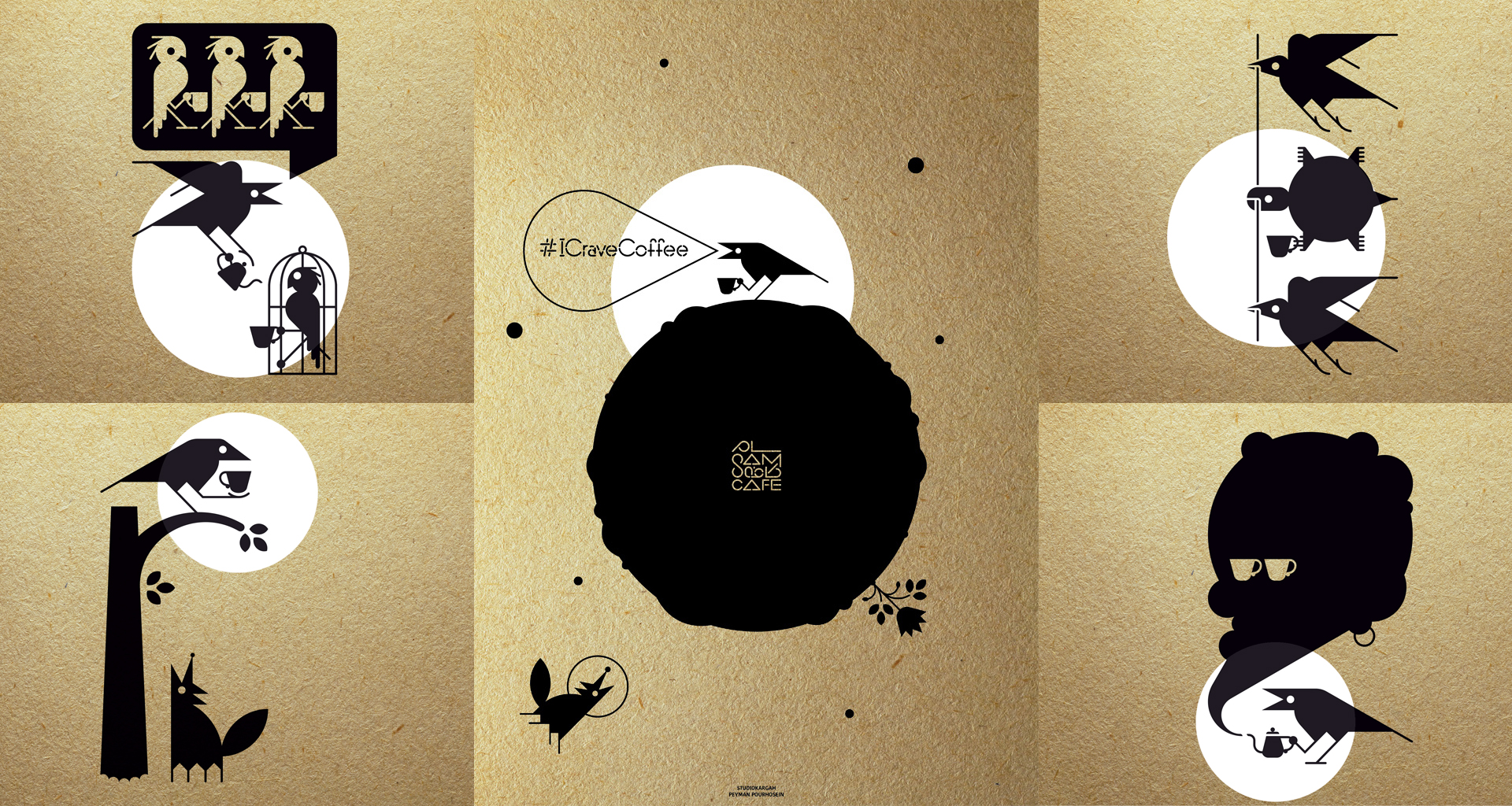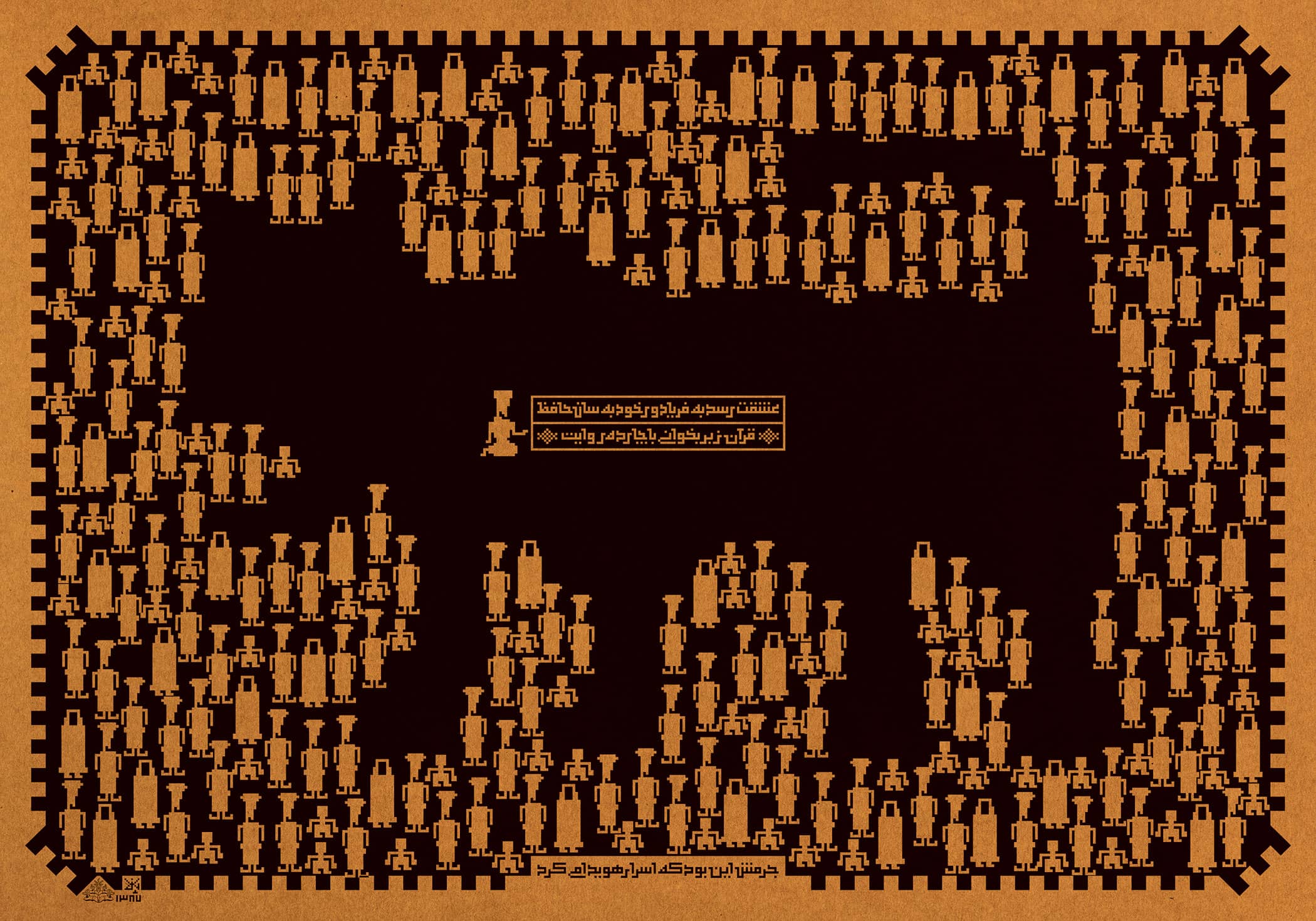Tales
Text by Maryam Razi
The more expansive a history, one may say, the more substantial and mysterious its tales. Literature, oral and written, is an inseparable part of the Easterners’ everyday life, collective memory, and mythology. As exemplified by the illuminated and illustrated manuscripts of the Islamic period, the history of visual arts in Iran is, considerably, rooted in literature.
Storytelling in Iran is regarded as an ever lively method of transmitting experience and wisdom, because literature is a mode of expression and the problem of the “folk” and “literature” is an old and yet brilliant question. Persian literature provides us with a capacity for juxtaposing various concepts (from the astrological to the gnostic) in a constellation, thus creating meaningful logical sequences. StudioKargah creates literary-based graphic projects through the study of such capacities and characteristics of Persian literature.
Literature and its narrative methods constitute a common language for visualizing thought in Kargah. Such a technique slows down the transmission of the message, but on the other hand, makes for more impressive and long-lasting images.
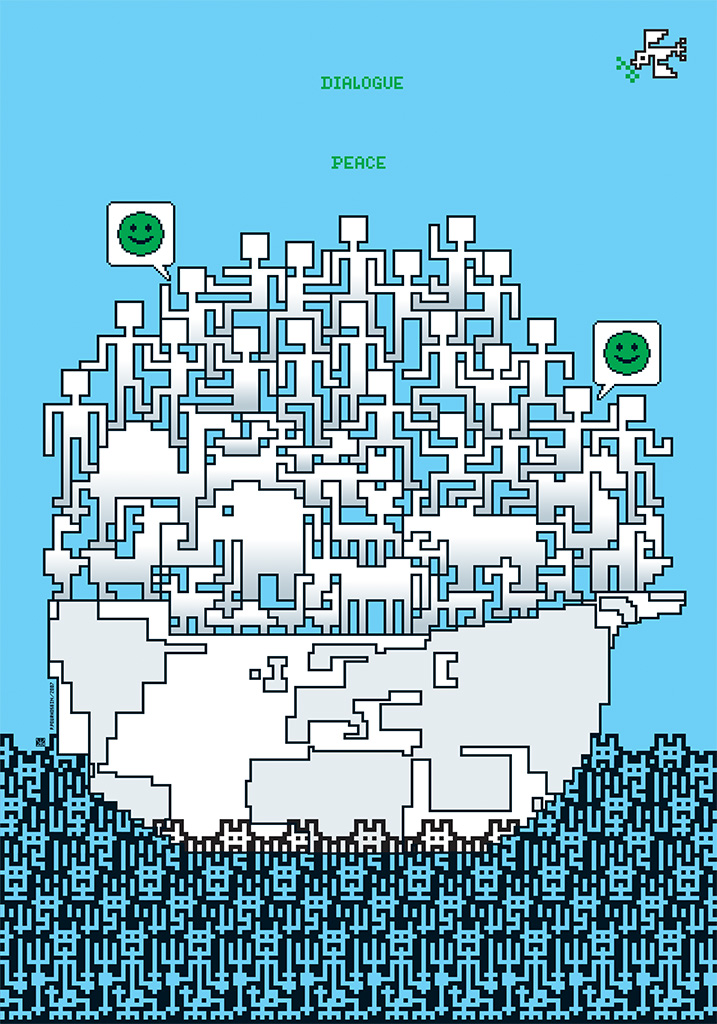
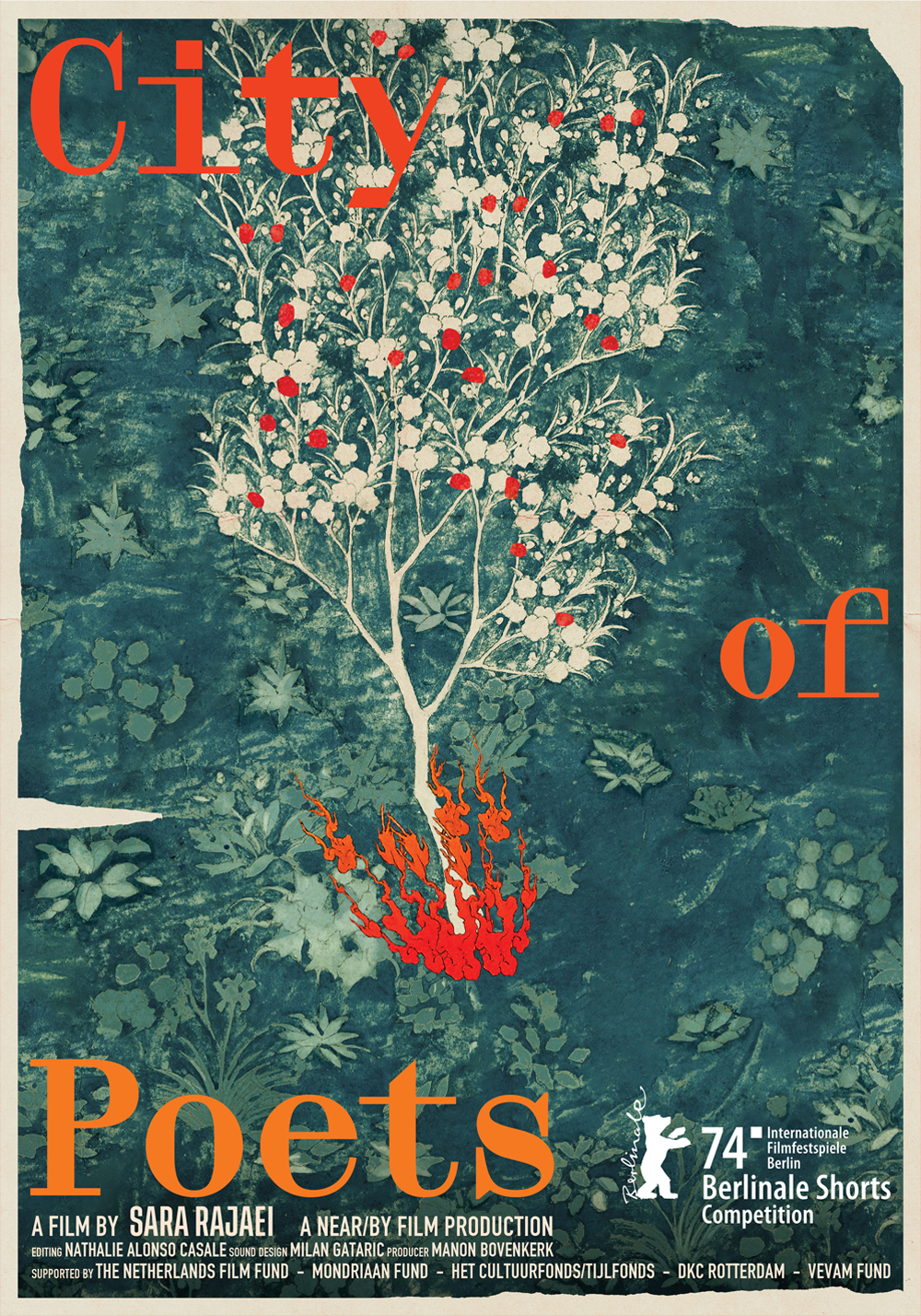
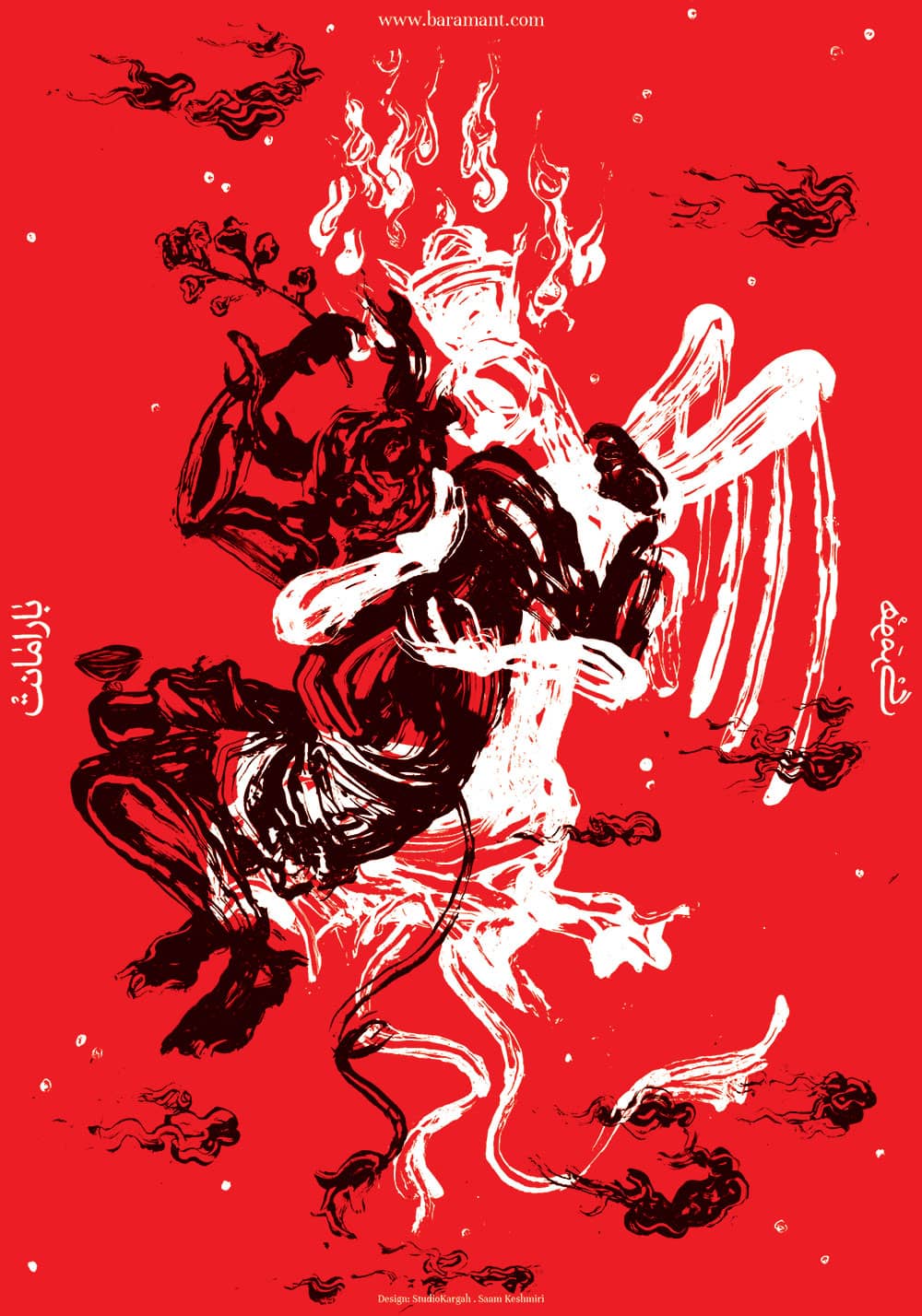
Tales, with their thematic capacities and visual potentials, enrich Kargah’s means and possibilities for rendering abstract ideas more familiar, and making visual language more abiding.
In establishing such a dialogue beween literature and the visual arts, Kargah is following an old tradition of its particular cultural geography – a local graphic designer is treating literature in a local way. Graphic design as visual language accompanies literature as narrative language.
Sharing a path in this way, grahic design and literature are both active participants and influencing each other – this, in other words, is a win-win game. Ironic and metaphorical potentials of Persian language help to increase the interpretablility of visual content and allow the message to be read in various ways. At the same time, this very multilayeredness is a surplus value added to a message created by means of literature.
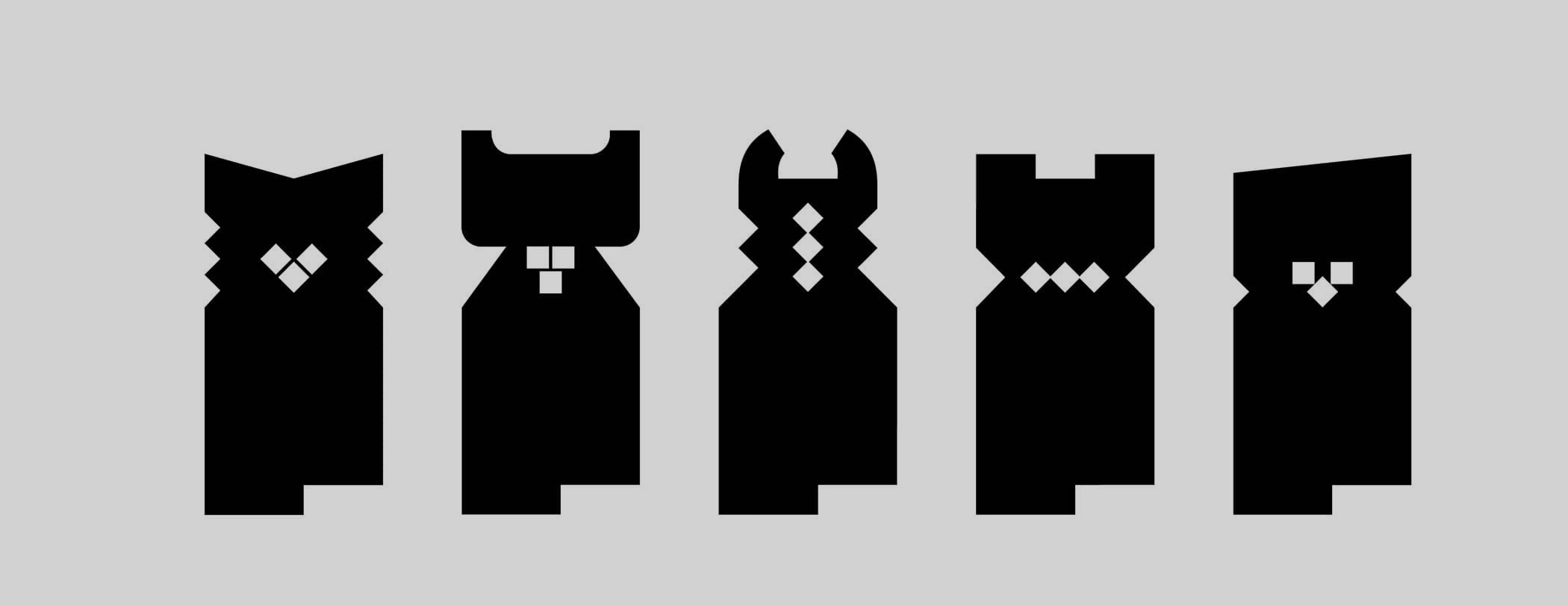
Kargah applies literature in various ways and according to different patterns based on the particular capacities and potentials of each project. Sometimes old folk tales fully serve the visual content, and their wisdoms and plots are used as the basis of particular designs; this is especially the case when illustrating literary texts, usually for didactic purposes or to remind a general audience of particular tales. Other times, familiar literary characters are employed to express particular subjects or transmit certain messages; this way already existing and significant beliefs and judgments in the collective mind are re-called to help complete a concept. Yet in other times, orally transmitted poems and fables are mixed in with modern concerns and reinvented anew, so that the retelling in contiguity with contemporary concepts invests the ambiguities and the metaphorical potentials of old tales with new meanings and functions. There are also cases when the designer stands on the sholders of literary giants and employes literature as a means to emphasize and clarify the message of a graphic design or a cultural project.
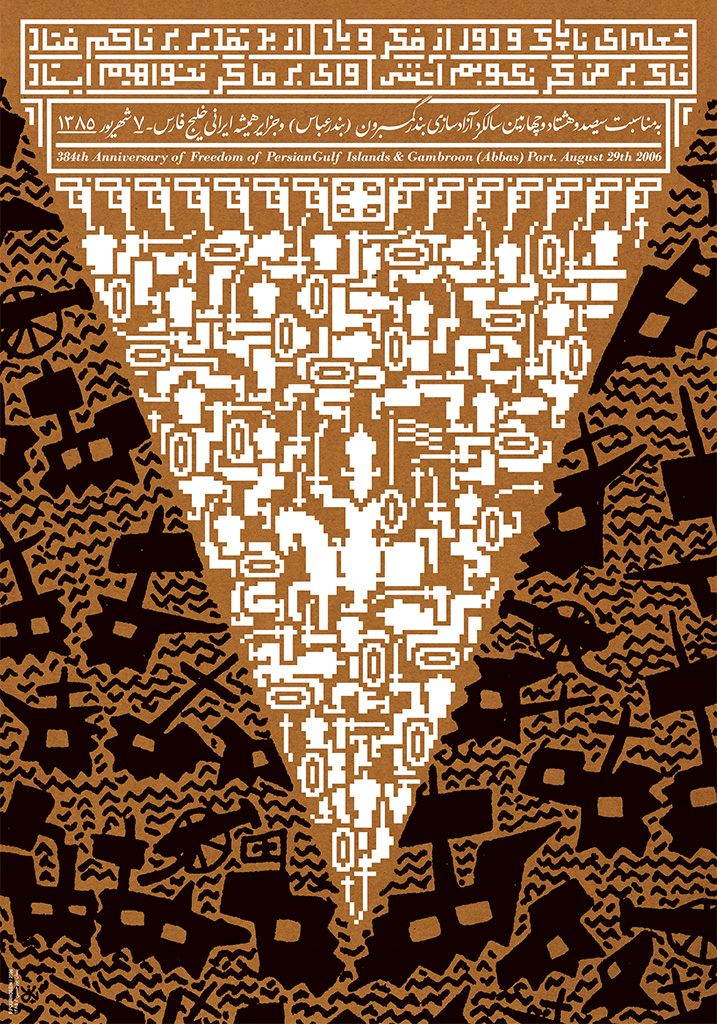
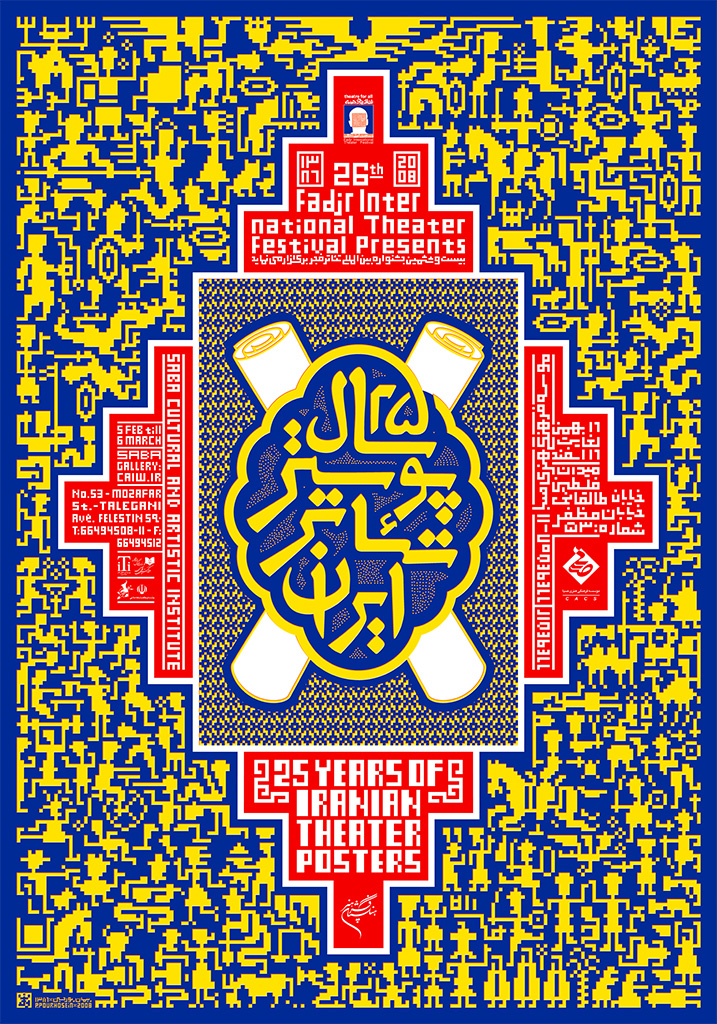
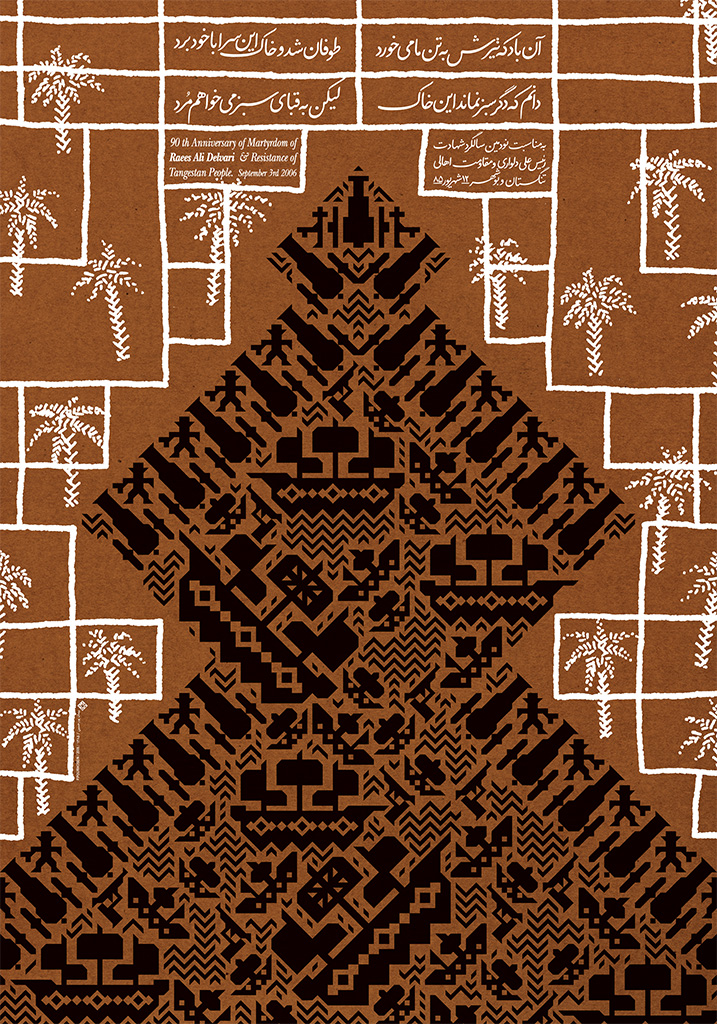
For StudioKargah, storytelling is not solely a matter of retelling old tales. In some projects storytelling itself is a technique for crafting new narratives which are in turn used as contents of particular projects. This way, the story increases the meaning of the image, and the image adds visual value to the story.
Knowing that the oral memory of our local audience is genrally stronger than their visual memory, Kargah has chosen to put literature and the visual arts in a face to face dialogue, & to bring its ideas for various projects to frutition in the soil of this dialogue.

